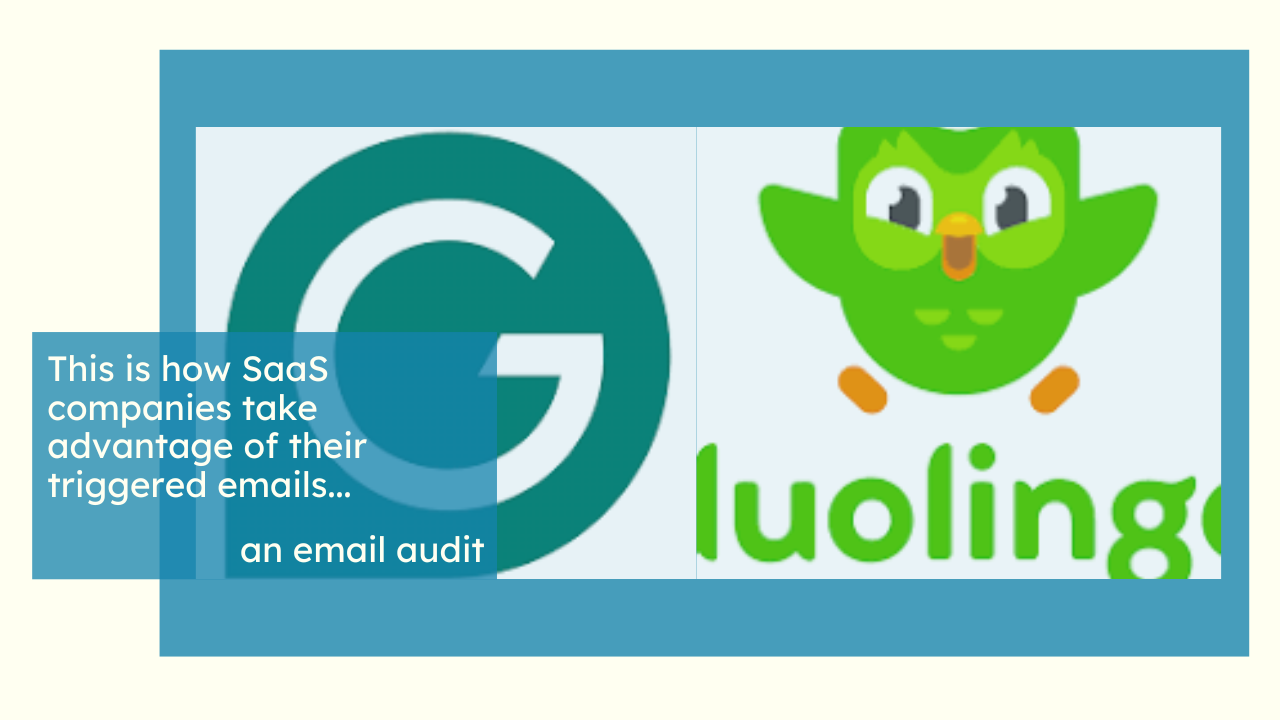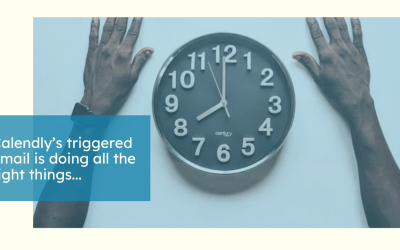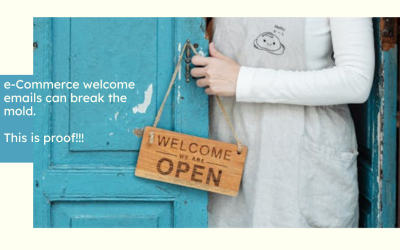I was elated when I first learned about triggered emails in Copy School.
Even though I had been receiving and interacting with them for a long time, I didn’t know why they were so effective.
SaaS companies use and benefit greatly from triggered emails. Their products usually track users’ behavior, making it easier to tell how and when they used the app.
An example of this is when I stopped using Windscribe and got the re-engagement email, which I reviewed here.
Today’s triggered email audit will focus on the weekly summaries of how I used these two products —Duolingo and Grammarly.
Watch the video here:
The goodies
1. Stick with your brand:
Don’t you love it when you open an email and can immediately tell who sent it?
Me too. Effective branding reduces the mental workload for your contacts. It also trains them to take your triggered emails seriously.
Grammarly and Duolingo both stuck with their brand colors. The Duolingo mascot is animated into the email, and it’s the image the reader sees once they open the email, so that is a plus.
2. Use a clear CTA:
For Duolingo’s email, the intention is clear to the reader –use the app.
This message was reinforced twice, with the report serving as a persuasion tool. I also like that Duolingo’s email was styled like a landing page. Given that people use Duolingo to learn, the “CONTINUE LEARNING” copy is one that contacts will respond well to.
The lesson here is to understand why and how people use your app and then use your CTA copy to make them continue that line of action.
3. Great buttons:
Both emails have noticeable buttons, and that is always a plus. It is even cooler because the buttons are in each brand’s prominent brand color.
The uglies
1. The position of your button matters:
Grammarly’s CTA, GET PRO, could be in a better position. There is little white space around the button, and it is too far down.
2. How about diverse copy!?
This is a cheesy point, but I thought it to be weird that the two emails have “your hard work is paying off” in their copy. And it is more pointed because they are both triggered emails and weekly summaries.
I understand why they are like that, but we can say ‘well done’ in other ways. Or not
4. One email, one purpose:
Another thing I learned in Copy School was that following the one email, one-purpose rule makes emails more effective.
For Duolingo, you can see how that is true. Grammarly doesn’t follow this rule and it makes things look a bit too busy. It’s important to decide beforehand the exact action you want a user to take.
Then, the whole email will be designed around that action.
Your contacts would trust you better if they weren’t overwhelmed with choices. Consider your email a horse whisperer that leads the horse to water and then makes them drink.
5. Ineffective use of loss aversion:
From my weekly summary for Grammarly, I missed out on 20,000+ suggestions and corrections that would have made my writing clearer.
But it wasn’t framed like I lost something. Loss aversion would have been a neat technique here to convince me why I need to Get Pro.
Later this week, I’ll be writing about the advantages of calling your competitor out when it comes to SaaS products. If you are a SaaS founder or the CMO of a SaaS company, this is one you won’t want to miss.





0 Comments